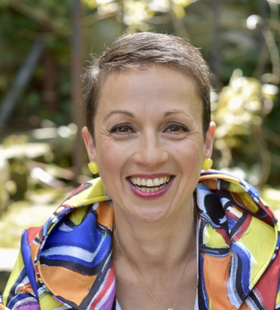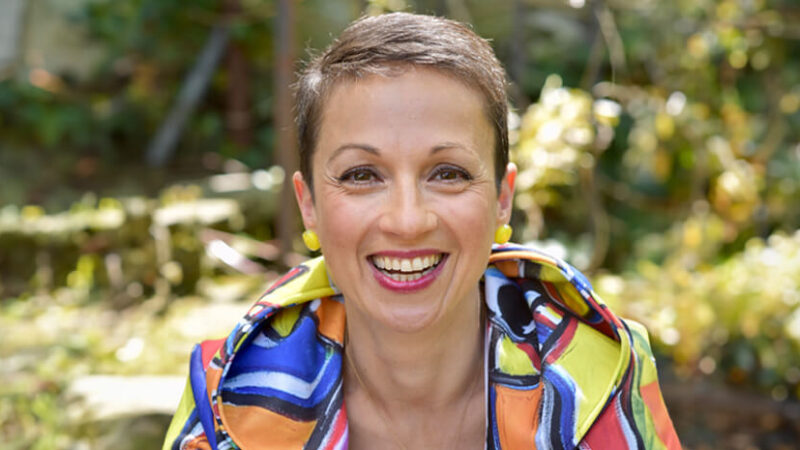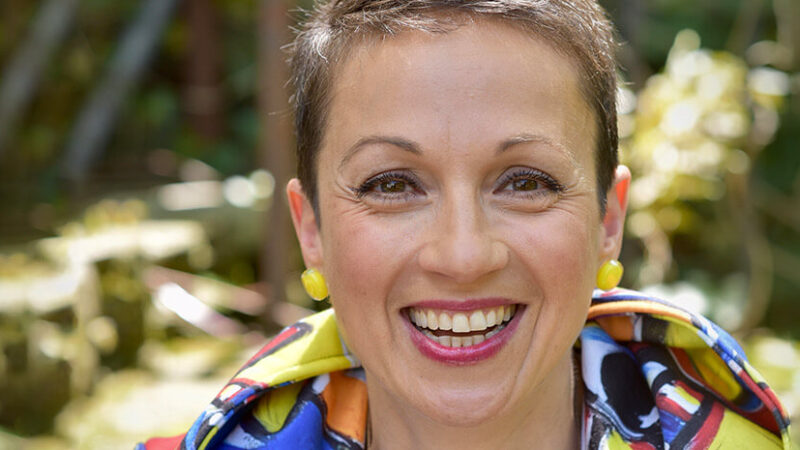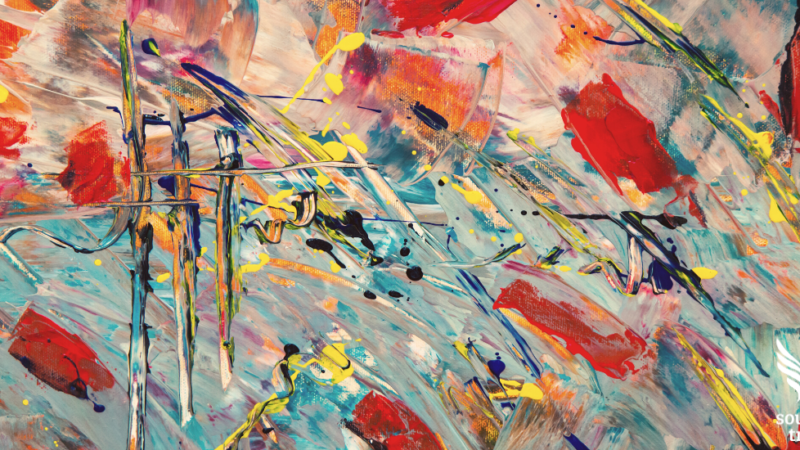Nataly Kogan is an entrepreneur, speaker, and author on a mission to help people cultivate their “Awesome Human” skills by making simple, scientifically backed practices part of their daily lives. The author of the books Happier Now and The Awesome Human Project, she has appeared in hundreds of media outlets, including the New York Times, the Wall Street Journal, TEDxBoston, SXSW, and the Harvard Women’s Leadership Conference. In this podcast, Sounds True founder Tami Simon speaks with Nataly about how we can live in a way that enables us to thrive while we give all of our gifts. They also discuss developing the five skills of emotional fitness; the practice of “struggle awareness” when faced with a challenge; overcoming the brain’s negativity bias, and the art of “courageously talking back to our brains” with kindness and compassion; the five traits of the Awesome Human; a leader as someone who positively impacts another person’s ability to flourish; sharing your emotional “whiteboard” to support the best possible interactions with others; the concept of “surface acting” at work and how it contributes to burnout; investing in a daily check-in with yourself; the power of self-compassion and self-acceptance; self-care as the skill of fueling your emotional, mental, and physical energy; and connecting to your “bigger why.”

















